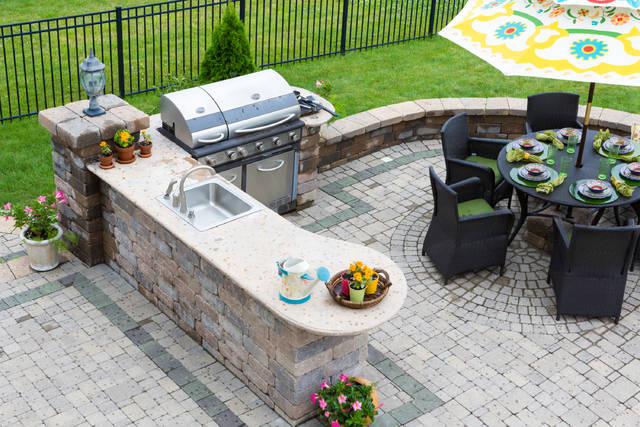Home design is constantly evolving as our society changes. In today’s plugged-in world, homeowners are looking for a place to unwind and spend time with family and friends. Many are also looking for a sense of community. And an increasingly
Home design is constantly evolving as our society changes. In today’s plugged-in world, homeowners are looking for a place to unwind and spend time with family and friends. Many are also looking for a sense of community. And an increasingly aging population is also influencing how homes are designed.
Here are some trends homebuyers will see in new homes today:
Kitchen Central
Today’s home designs are all about casual living. Gone are the formal parlors and living rooms. Instead, the kitchen has become the heart of the home. Kitchens and their surrounding gathering spaces are being given maximum real estate by home designers. Dining rooms have become nonessential, as kitchens expand and absorb family seating areas.
As the kitchen becomes an increasingly important part of the home, the trend is also to add more technology to the area. Wi-Fi-enabled home automation technology is becoming standard in many new homes, and plug-in stations in the kitchen are also a must.
Getting Outside
The other increasingly popular place for the family to hang out is outside. Outdoor living areas — often with fireplaces or fire pits, sofas and televisions — are becoming more and more essential in home design. And as the action moves to the backyard, the line between indoors and outdoors is becoming more blurred through the use of stacking or accordion-style glass doors that can turn a wall into an open space.
Flexible Space
Look for more areas in the home that don’t have a dedicated purpose. That extra room could become a suite for an aging relative or a quiet office for a family member working from home. In 2016, 43 percent of the nation’s workforce spent part of the time working remotely, according to a Gallup poll released in February. Flex rooms can be easily transformed from one purpose or another without costly renovations.
Healthy Living
Green building is going mainstream. As homebuyers are becoming more aware of indoor environmental hazards, such as volatile organic compounds (VOCs are gases from chemically produced material), the trend is toward healthy paints, high-efficiency heating and air-conditioning units and the use of natural materials. Natural materials are also becoming popular as an antidote to technology. Look for more tactile, warm surfaces such as wood and cork.
Energy Efficiency
Government mandates as well as homeowner demands are spurring the increase of a new home’s efficiency. Solar power, better insulation and windows with increased thermal performance will continue to become features. Energy-efficient, flexible LED lighting is also changing the way homes are illuminated, from strips lights for safety to chandeliers for a touch of glam.
Water conservation is also becoming more and more important, and gray-water technologies are emerging that allow for some recycled water to be used for irrigation.
Aging in Place
America’s aging population is also influencing home design. Older residents are looking for smaller, single-story homes that are easily navigable. As more and more baby boomers are turning 65, universal design is becoming increasingly important, and designers are discovering that accessibility doesn’t come at the cost of style. For example, flush-floor showers with built-in seating and partial doors can be both elegant and functional.
Finding Community
Technology is also affecting the types of neighborhoods homeowners are seeking. Getting away from the screen and making real connections is becoming increasingly important as work and social media take up large chunks of the day. Homebuyers are looking not only for a home but also for a community. New-home projects, whether single-family or multifamily developments, are adding fitness centers, clubhouses and barbecue areas where people can socialize.
New homes will continue to evolve with our increasing use of high-tech innovations. And homebuilders will continue to find a balance between our desire to be plugged in and our need to unplug.



